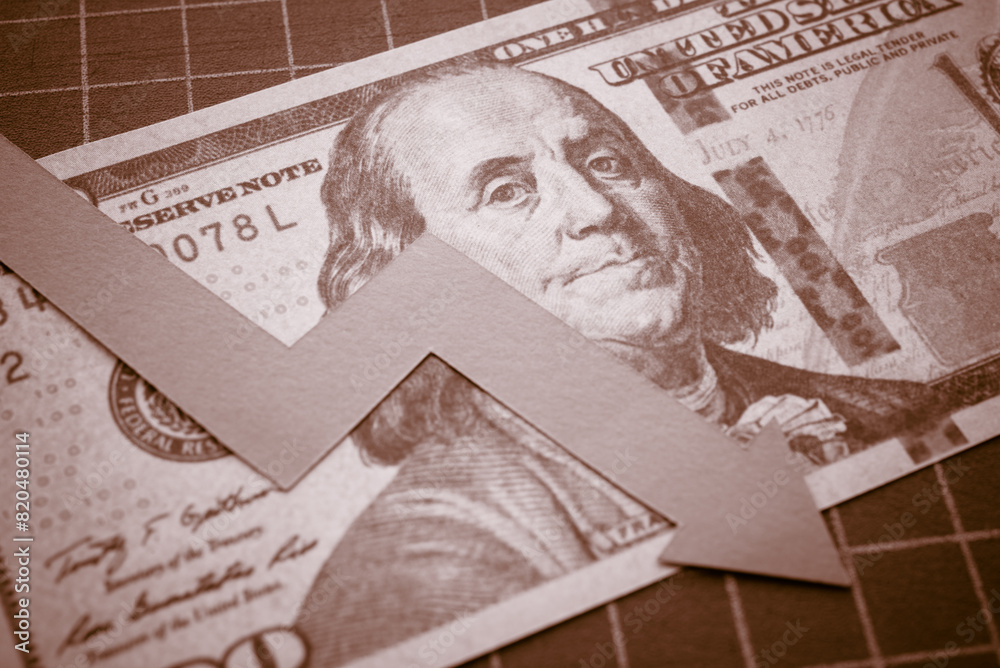Posted on Thursday, December 26, 2024
|
by AMAC, D.J. Wilson
|
0 Comments
|
Feeding birds in the winter
Most ornithologists agree that feeding birds in the wintertime is beneficial due to lower food resources. While feeding feathered friends during winter months is highly acceptable – the practice is controversial during warmer months. Experts explain that when natural foods are widely available, the practice of feeding birds should be suspended to avoid attracting foraging animals like skunks or bears. Feeding birds carelessly or in extreme heat can also pose dangers to birds.
Feeding birds in spring and summer
It’s best to check with a local birding expert to decide if you should suspend feeding activities in your area during warm months. Should you choose to feed birds during hot temperatures, it is vital to monitor the feeder carefully. It is necessary to clean the feeder more frequently than in winter and to change the food supply often as bird seeds can spoil in heat. If your feeder is in full sun, it should be moved to a suitable shaded area near a water source if possible. Pay attention to summertime feeding rules. For instance, do not offer suet in hot weather as it can become rancid and pose danger to birds. (Learn more about suet below)
More tips for feeding our feathered friends
- Wintertime is the optimal time to feed birds. This provides them with energy when natural food resources are lacking.
- The best bird feeders to use in the wintertime include hopper feeders, platform or tray feeders with covers for weather protection, and suet feeders to attract a variety of birds.
- Always offer nutritionally balanced bird feed featuring a variety of mixed seeds. Or provide a variety of seeds in separate feeders.
- During wintertime, set out mealworms and suet. Mealworms offer a balance of protein, fat, and fiber for birds. Suet, a high-energy food source, is a type of fat that is used as nutritional supplements for wild birds. Each supply birds with the sustenance they need during cold weather periods. As a safety reminder, keep them out of reach of dogs.
- Clean your bird feeders regularly, at least once every two weeks in wintertime and more often (possibly daily) in hot months. This is necessary to prevent disease.
- Never feed birds bread or milk. These foods are dangerous to them.
- It’s helpful to provide fruit for berry-eating birds. Per Audubon, “Fruit specialists such as robins, waxwings, bluebirds, and mockingbirds rarely eat birdseed. To attract them, soak raisins and currents in water overnight, then place them on a table feeder, or purchase blends with a dried fruit mixture.” Again, keep these out of reach of dogs.
- Provide nectar for hummingbirds by making a sugar solution of one-part white sugar to four parts water. Briefly sterilize the mixture and do not add red food coloring. Feeders must be cleaned frequently to prevent mold which can harm hummingbirds.
- Make a homemade pinecone bird feeder for the yard to attract birds. It’s a great project for most ages! For directions, click here. (Add our internal link to DIY homemade pinecone bird feeders)
Feeding birds is a generous act
We hope you enjoyed these tips for feeding our feathered friends. Maintaining bird feeders requires commitment to include your time, money, and energy. However, feeding birds when their food supply is low offers immense benefits to include increased bird survival rates and opportunities to observe them in the wild.
Read the full article here











